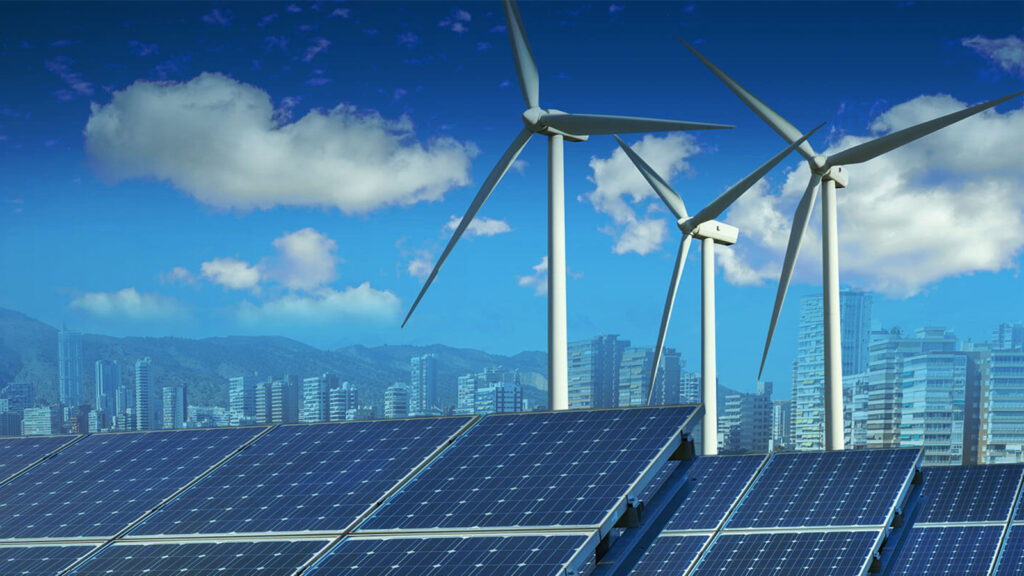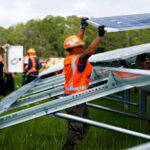The concept of smart microgrid has become hot in recent years, so what exactly is a smart microgrid? What are its components? What are the application scenarios? You must have questions about it. In this article, we will reveal them all for you.
First of all, we should understand the concept of microgrid. Microgrid is composed of distributed power supply, electricity load (important, adjustable and other types of load), energy management system, etc. It is a power supply and consumption system that can basically achieve internal power balance. The distributed power supply includes distributed photovoltaic, decentralized wind power, gas turbine, electrochemical energy storage, supercapacitor, etc. The energy management system includes monitoring, protection and automation devices.
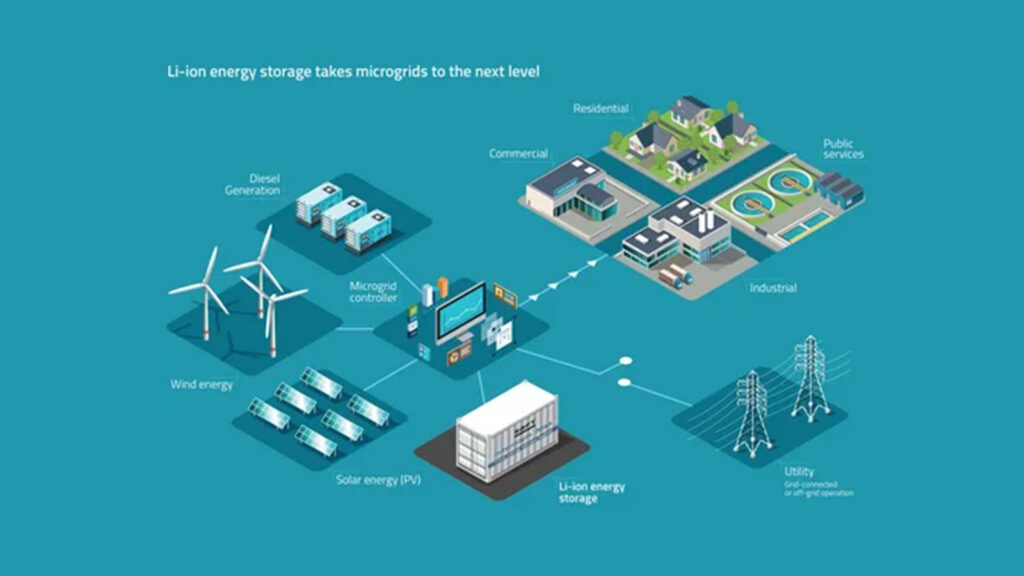
Application scenarios of microgrid:
Application scenarios of microgrid:
Microgrid is not a power supply and consumption system that can be commonly used by a wide range of people. It is mainly used in:
1. remote areas with off-shore or isolated energy demand;
2. areas with weak grid or high energy cost;
3. parks with high demand for energy stability and quality.
Characteristics of microgrid:
1.Micro: Microgrid voltage level is generally below 35kV; system size is generally megawatt or below; connected to end-users, local utilization of electricity.
2. Clean: The power source of microgrid is mainly clean energy.
3. Autonomy: The microgrid can achieve basic self-balancing, and the power exchange with the external power grid generally does not exceed 20% of the total power.
4.Friendly: Microgrid can support the large grid, provide high quality and reliable power to users, and smoothly switch between grid-connected and off-grid modes.
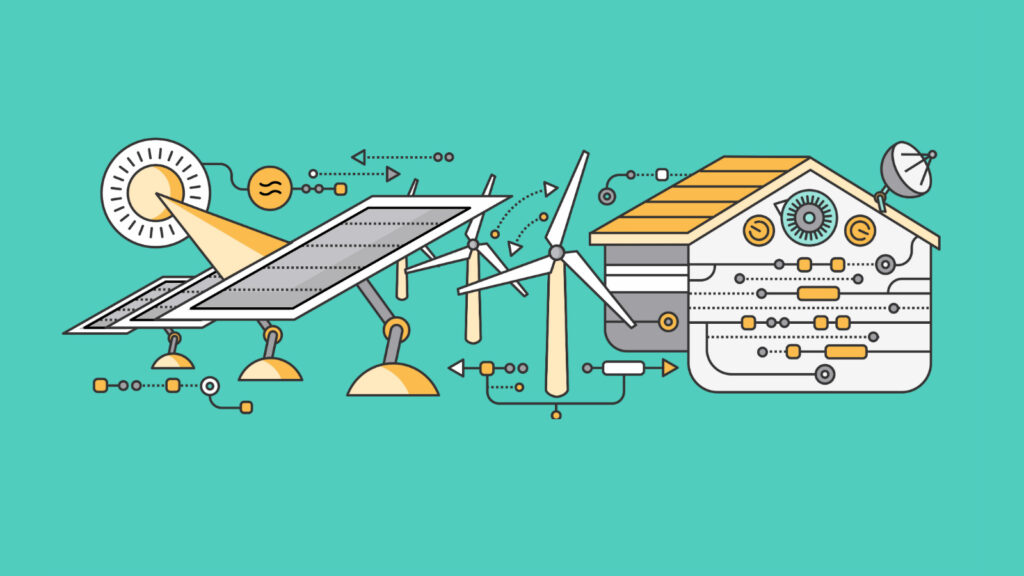
Microgrid operation modes:
1. Grid-connected mode, i.e. microgrid system is interconnected with the grid for power exchange.
2. Off-grid mode, where the microgrid system achieves internal energy self-balancing.
3. Transient switching mode, in which the microgrid area is connected or disconnected from the grid at the moment of state, the system needs to reduce the disturbance caused by transient switching and ensure the stability of frequency and voltage.
Microgrid technology:
1.Energy storage
Energy storage is an indispensable part of microgrid, which plays the role of peak-shaving and valley-filling in microgrid and greatly improves the efficiency of intermittent energy utilization. The current energy storage mainly has battery energy storage, flywheel energy storage, superconducting magnetic energy storage, supercapacitor energy storage, the current more mature energy storage technology is lead-acid batteries, but there are short life and lead pollution problems, the future of high energy storage, low cost, high quality performance graphene battery market will bring spring to the energy storage industry. Energy storage technology is the current development of high cost, the world is attacking this technology, but all have a common purpose, that is to achieve “low cost + high energy storage”.
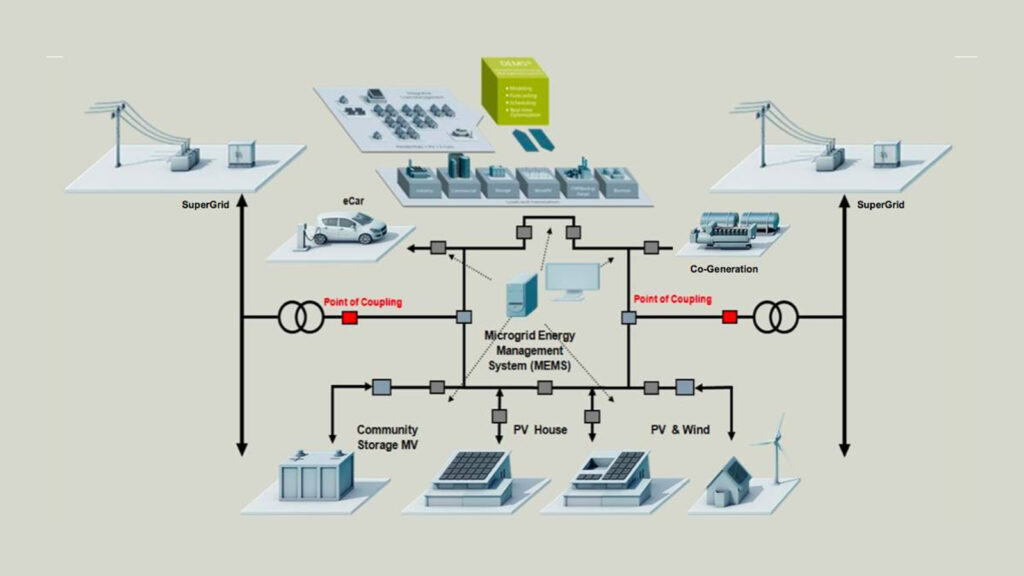
2. Grid scheduling system
Unlike the traditional grid dispatching system, the smart microgrid dispatching system is a horizontal multi-energy complementary optimal dispatching technology, which can fully exploit and utilize the direct complementary alternative of different energy sources. It can realize the exchange of different kinds of energy sources. Each kind of energy in the source-storage-load each link less hierarchical orderly gradient optimization scheduling, to achieve the optimal energy utilization efficiency.
3. Protection technology
There are multiple power sources and multiple loads in the smart microgrid, and the regulation, switching and control of these power sources are done by the microgrid control center. In addition to monitoring the power parameters, switching status and power quality and energy parameters of each new energy generation system, energy storage system and load, the micro-grid control center also carries out energy saving and power quality improvement.
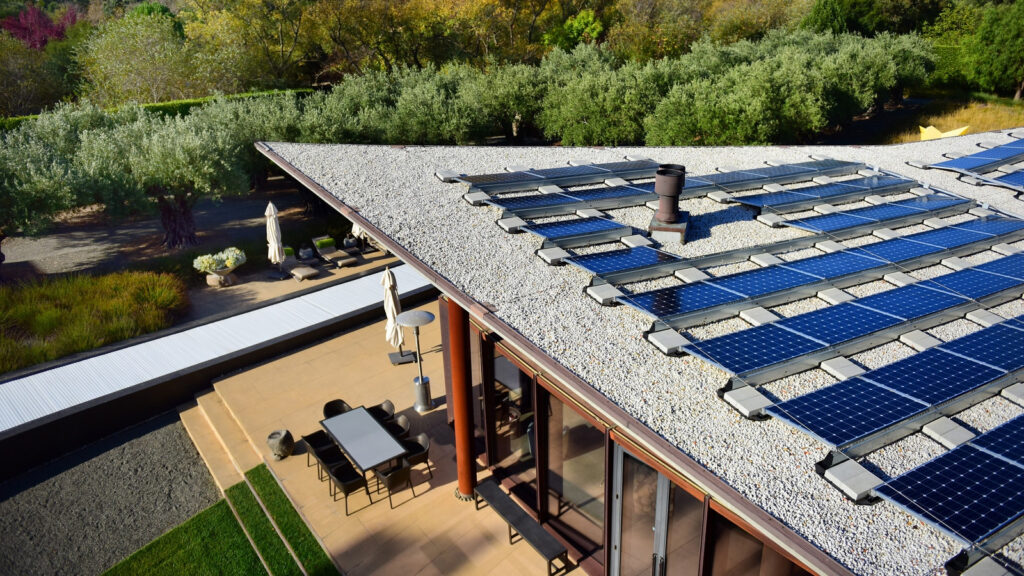
Maysun Soar is a professional manufacturer of photovoltaic modules with 15 years of experience in the industry, and we can provide you with excellent products and experience in dealing with problems. Welcome to consult us by clicking the button.
You may also like:

Which solar modules perform better under high summer temperatures?
Can high summer temperatures reduce the power generation efficiency of solar modules? This article compares the performance of HJT, TOPCon, and IBC modules under high temperatures to help you make informed choices and optimize your return on investment.

Structural Risks and Component Adaptation Strategies for Commercial PV Deployment under Extreme Weather Conditions
A comprehensive analysis of the structural risks and component configuration strategies for commercial and industrial PV systems under extreme weather conditions, helping businesses enhance system stability and long-term energy yield.

How Can Photovoltaics Help Businesses Cut Peak Electricity Costs During Summer Price Spikes?
How Can Businesses Use Photovoltaic Systems to Address Summer Electricity Price Peaks? This article provides cost-saving calculations, suitability conditions, and technical selection recommendations.

How to Detect Hotspots and PID Effects in PV Modules to Prevent Long-Term Losses?
How to identify and respond to hotspots and PID effects in PV modules? This article focuses on the European market, combining detection technologies, real-world cases, and protection strategies to provide developers and investors with reliable loss warnings and yield protection solutions.

How to Choose the Most Suitable Solar Panels for Commercial and Industrial Use in 2025
How can commercial and industrial projects choose the right solar panels in 2025?
This article provides a systematic comparison of mainstream panel types such as TOPCon, HJT, and IBC, analyzing their advantages, disadvantages, and suitable applications. It aims to help businesses make accurate selections based on specific project conditions, thereby improving long-term energy output and return on investment.

After the Iberian Blackout How Can Enterprises Reshape Their Energy Security Systems
The 2025 Iberian blackout drew widespread attention across Europe. This article analyzes grid vulnerability, enterprise energy risks, and the deployment path of “solar + storage + EMS” systems to help businesses build a controllable and secure energy structure.

